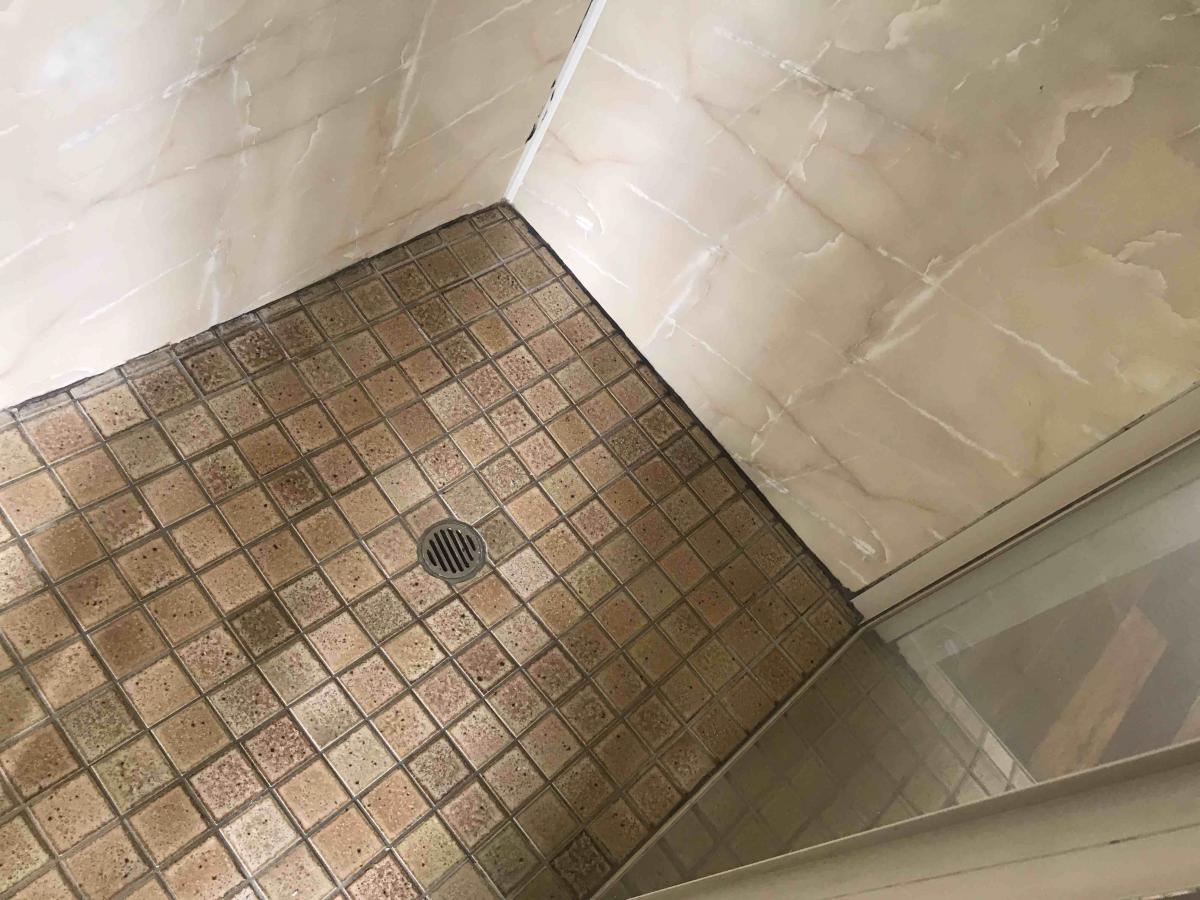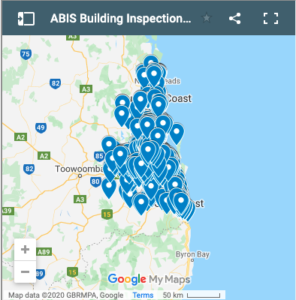No 5. Leaking Shower Closet

A shower that is leaking into the surrounding walls is one of the most common problems detected during our Pre-Purchase Building Inspections.
What is not fully appreciated by the average homeowner is that bathrooms and in particular the waterproofing membranes to showers have a limited life compared with the rest of the building.
Depending on the design and ongoing maintenance, a bathroom has a typical life of between 15 and 25 years. If you are buying an existing home that is over 20 years old, you should expect to replace the bathrooms within the next five years. If, however, they are relatively free from problems and have been well maintained, this timing may be extended.
There are many designs for showers but most have a water proof tray or membrane at the base and up the sides that is covered by a non-waterproof decorative finish such as tiles. The finish directs most of the shower water to the drain via the surface but some of water passes through grout and small gaps to the waterproof substrate and from there to the drain. Problems occur when the waterproofing develops holes or tears over time which allow the water to get the frame of the building. The moisture will then damage timber and plaster as well as attract timber pests such as fungal decay and termites.
Another common area where moisture leaks from a shower into the frame of the dwelling is where the plumbing penetrates the wall. It is important that the gap behind tap flanges and shower roses are sealed with a silicon sealant and regularly maintained to avoid leaks into the wall.
Finally, there are a number of products on the market that seal the surface of the shower and are applied to the decorative surface. Whilst not as good as replacing the show completely, these products can extend the life of a bathroom considerably at a fraction of the costs of bathroom replacement.




